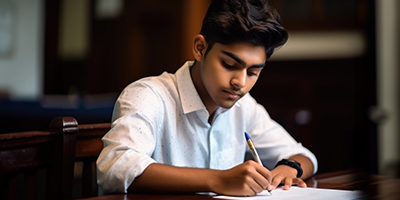




Do you want to know how to become IAS on the first attempt? Does it require joining the best online coaching for UPSC? What are the exclusive benefits of clearing UPSC in the first attempt?
We’ll discuss these questions in detail and try to answer them in this blog.
Click to View More© 2025 iasgyan. All right reserved